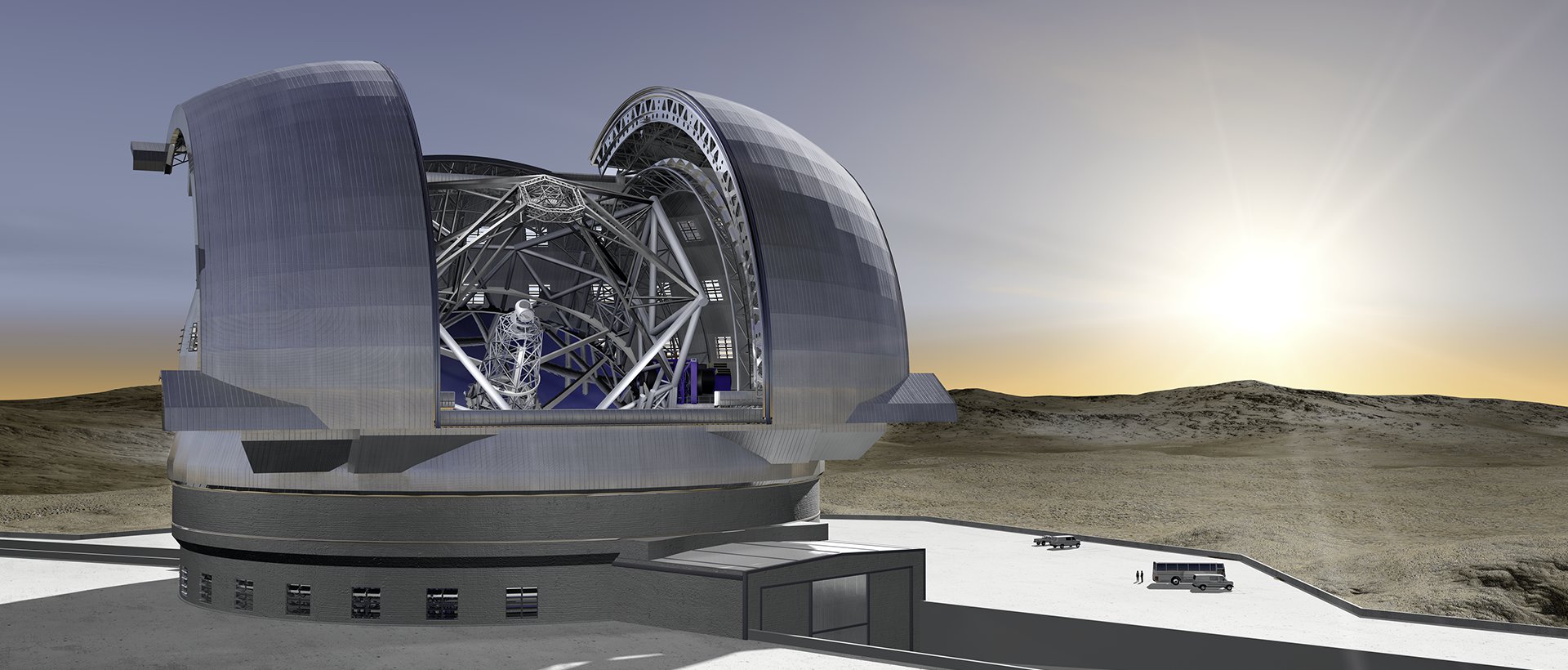Countries compete for scientific infrastructure
By Francesco Rao
Does anyone remember India’s ambitious plan to host the world’s largest telescope four years ago? Prime Minister Narendra Modi had strongly advocated for the Thirty Meter Telescope (TMT) project, backed by a multi-country coalition, to be located in a remote area of Ladakh in Jammu and Kashmir.
Actually, the TMT astronomy project was one of the first mega science projects approved by Modi’s government during his early days in office. But in the end the chosen destination for the giant telescope project, worth 2 billion USD, was the Canary Islands in the Atlantic Ocean. What is India doing and what can be done in the field of astronomy over the next decades?
Scientific research on matters related to the exploration of our solar system, galaxy and the universe are linked to the pursuit of technological progress in many areas: aerospace engineering, defense and telecom satellite systems, solar and cosmic radiation for energy, and so on.
The basis for the development of astronomy-related technological applications and business requires having suitable sky observatories on earth. Here comes the issue of telescopes again.
The Canary Islands-based TMT is the largest optical and infrared telescope in the northern hemisphere, and will compete with the Chile-based Extremely Large Telescope (ELT) project in the southern hemisphere, the construction of which is underway. Chile is home to a number of giant telescopes, concentrated in the northern region of the Atacama desert, most of them part of U.S. and European projects.
The ELT, worth no less than 1 billion USD, was commissioned by the European Southern Observatory (ESO), which runs other big observatory facilities in the same area such as La Silla, Paranal and Chajnantor. The new ELT will be completed over the next few years by an international consortium.
An Italian company, Cimolai Group, which is known globally for its highly specialized work in steel fabrication and engineering for major civil, industrial, naval, oil and gas and infrastructure projects, will play a major role in the construction of the ELT’s metal structure and rotating dome.
The decision to target large-scale investment budgets on big scientific infrastructure projects brings up the more general issue of the need for adequate technology and know-how in the field of complex construction engineering.
